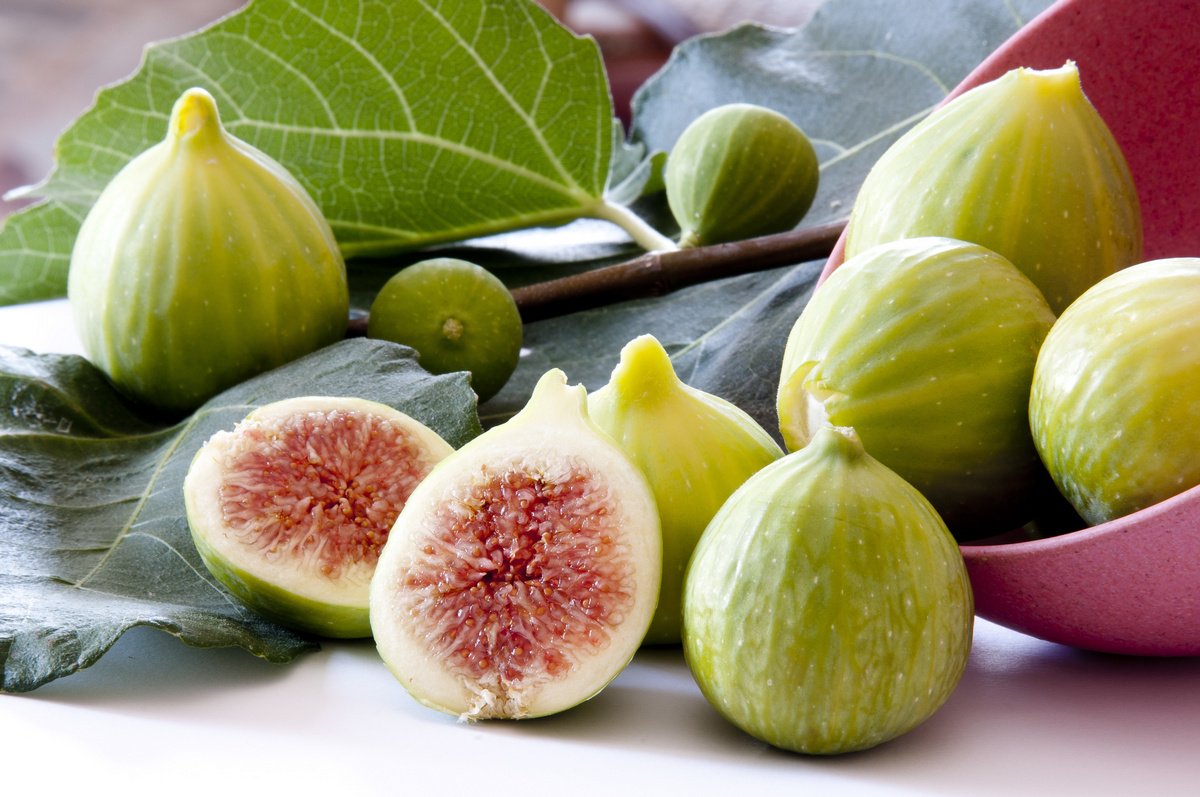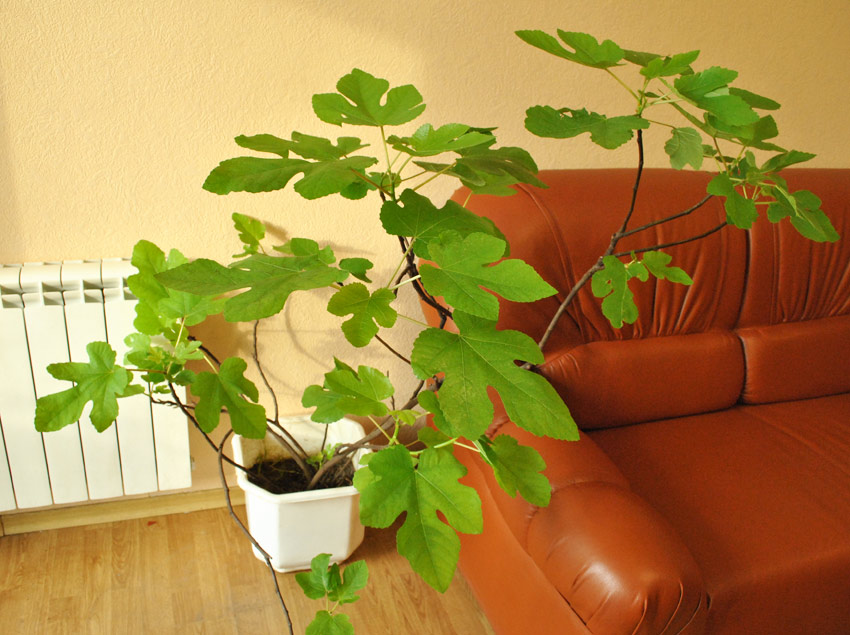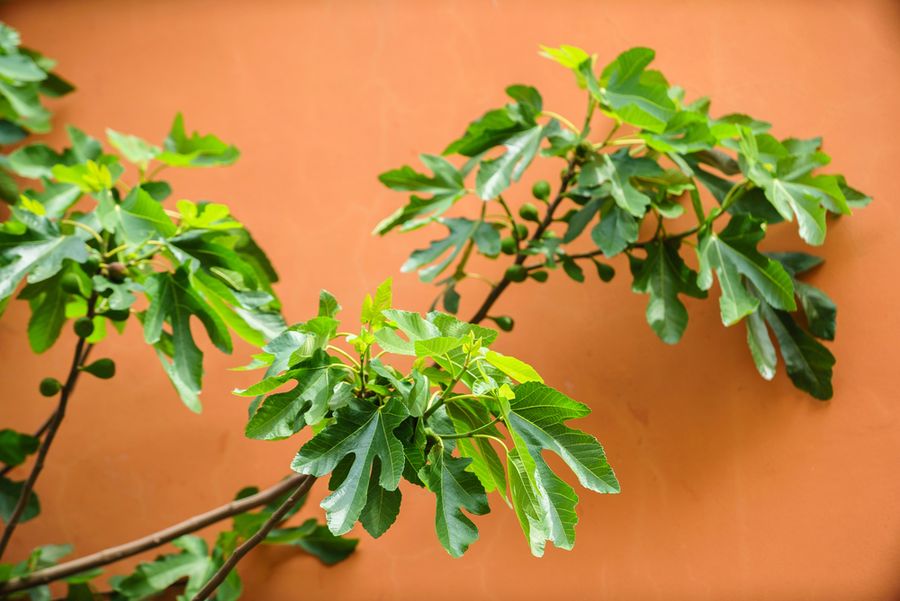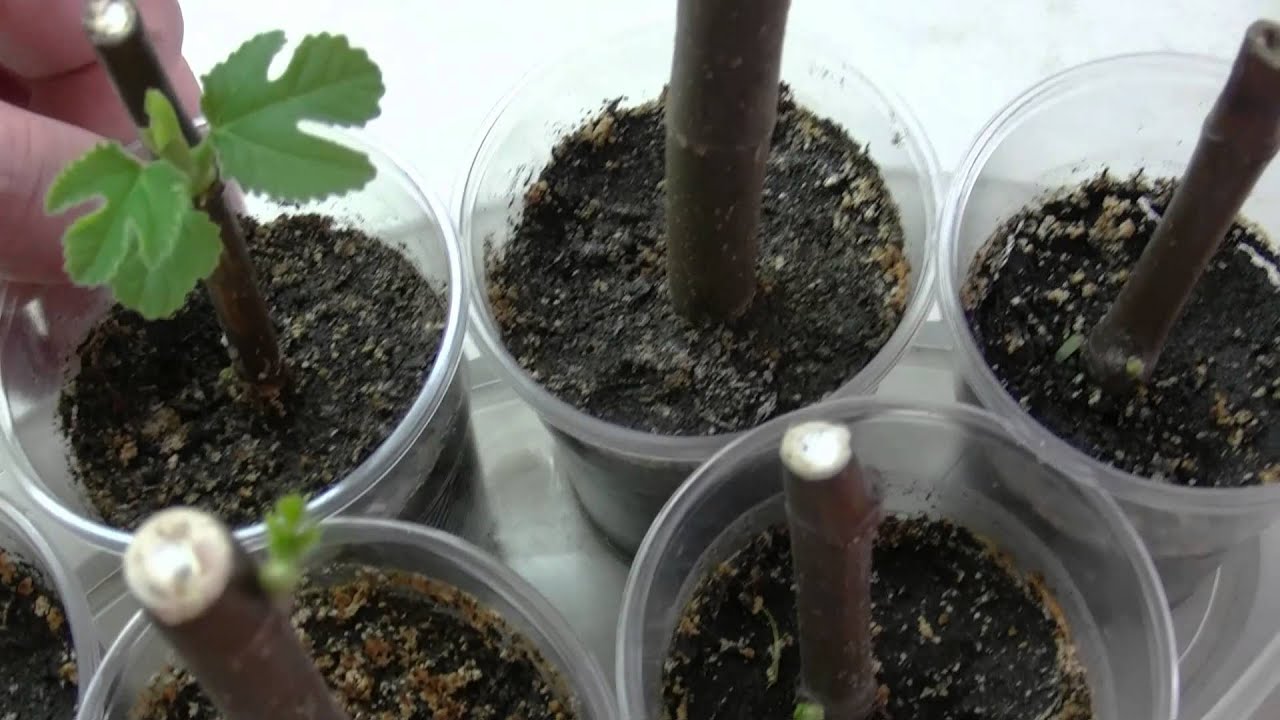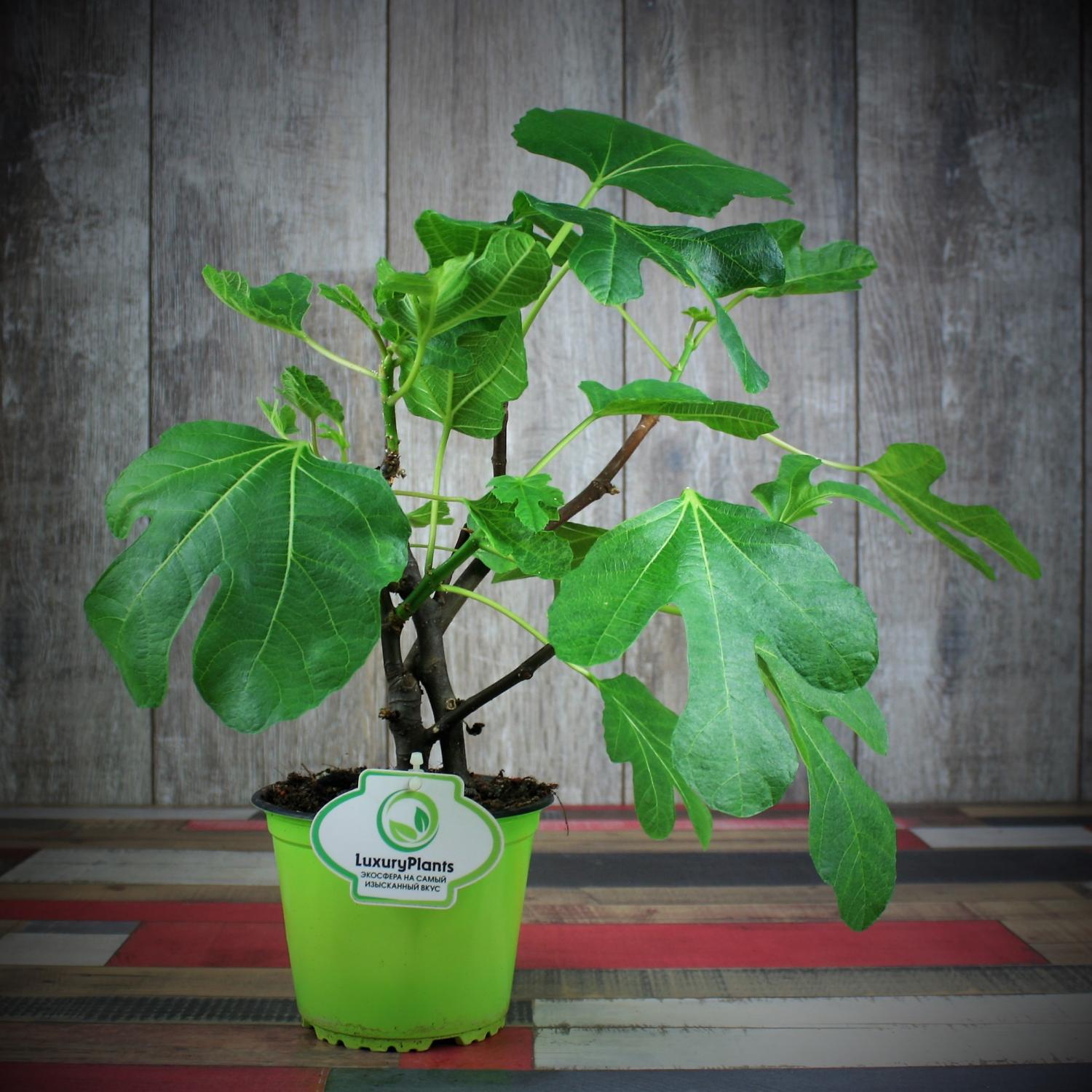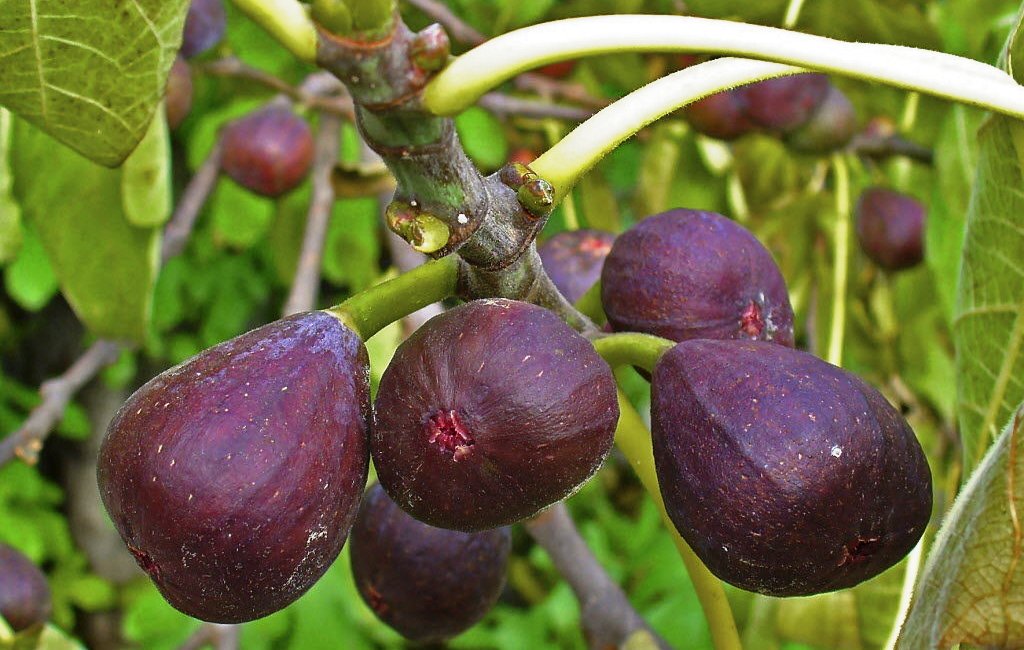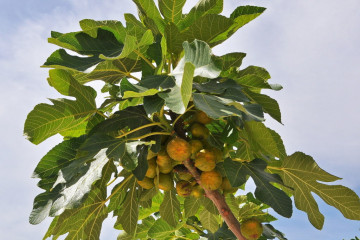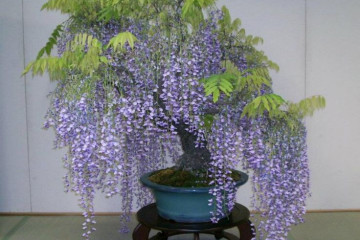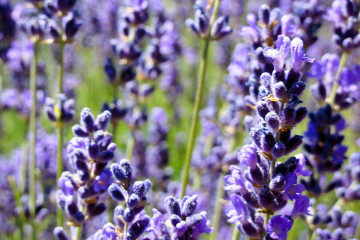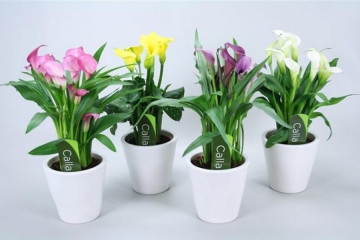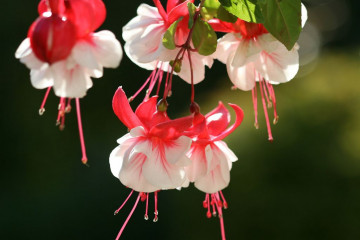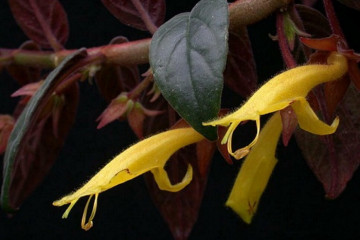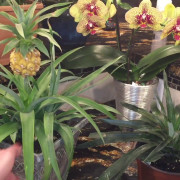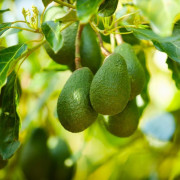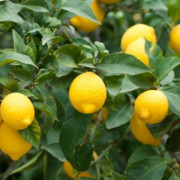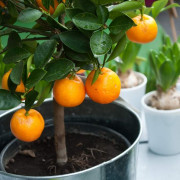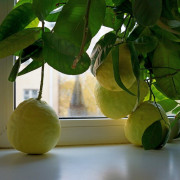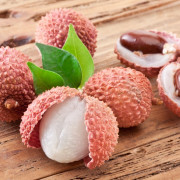Figs - growing at home
Content:
Indoor figs can be found in many apartments and houses in Russia. As they call it: a fig tree, a wine berry, a fig tree, a fig, a Carian ficus. It has wide leaves that are mesmerizing with their beauty, and fragrant fruits. Growing an exotic handsome man does not cause difficulties, caring for him does not require trouble, however, without the appropriate knowledge, the Carian ficus can die.
Features of caring for figs at home
Against the background of fruit trees, suitable for growing in an apartment, figs are inherent in unpretentiousness. The key to the successful growth and development of the emerald beauty is the observance of three basic rules:
- obligatory watering (the soil should not dry out);
- annual pruning (it is carried out after the dormant period of the tree);
- timely transplantation into larger pots (once a year before the leaves bloom).
Figs cannot be said to have planted and forgotten. Without proper care, the tree will wither, turning into a shame of the mistress.
Temperature
The optimum temperature for the good development of an exotic tree in the summer is 21-26 ° C. Considering the climatic indicators, for example, of the Moscow region, the Carian ficus in this region can be safely taken out on the street in the daytime for a "walk". In winter, when the emerald handsome man is resting, the temperature of the room where he was placed for wintering should be in the range of 8-12 ° C.
Lighting
Indoor fruit-bearing figs require a lot of light. The ideal place for its placement in an apartment is the sills of windows facing the south-east and south sides. If the emerald handsome man does not have enough lighting, he will cease to bear fruit.
Watering
Figs growing in a pot at home need abundant watering. Even the slightest drying out of the soil should not be allowed. This will cause the leaves to curl up and fall off. Drying out of the soil threatens the root hairs with death. If this happens, then further watering will no longer save them.
Spraying
Figs require regular spraying. It is especially important to carry them out during the hot season so that the plant has enough moisture. Regular spraying of the tree not only saves it from the heat, but also prevents the formation of a spider mite in its crown.
Humidity
Fig leaves lose their protection against parasites and pests in dry air and high temperatures. Therefore, it is important to maintain adequate humidity in the room where the emerald beauty grows.
Priming
Home-grown figs need to be aerated. To do this, once a week, it is necessary to loosen the soil in which the exotic handsome man is planted. This is done with a blunt stick made of natural material. Loosening must be done carefully so as not to damage the roots.
Top dressing
The stages of caring for figs include periodic feeding. They begin from the moment of awakening after a period of rest. Fertilize with organic and mineral compounds 1-2 times a month.Before feeding, the tree is first watered with water, then with fertilizers. Finish feeding before the start of fruit ripening. During the dormant period, you do not need to fertilize an exotic tree.
Features of winter care during the dormant period of figs
All representatives of the subtropics need a rest period. Figs are no exception. Hibernation for this tree begins in late autumn. Already in November, you can see how the leaves begin to fall off, this is evidence that the exotic handsome man is preparing for wintering.
Many novice connoisseurs of a home garden ask themselves the question: how to properly care for figs in winter? The answer is simple: this tree does not require any complex care in the cold season.
In October, you need to reduce the number of waterings. When all the leaves fall off, this will mean that physiological rest has come for the exotic handsome man. The bush is transferred to a cool shaded place where the temperature does not drop below 8-12 ° C and does not rise above this indicator. In no case should the flower be left to winter on an open unglazed balcony. From November to January, the tree is not fed, it is rarely watered and only so that the earthen lump does not dry out.
After a dormant period, the tree needs to be transplanted into a large container, fed and brought out into the light. Watering is resumed.
If the temperature regime and the basic rules of rest are observed in the winter season, figs, growing at home of which does not cause any trouble to anyone, will delight their mistress in the spring with a strong root system, the ability to grow and develop rapidly, and have a good harvest in the future.
When and how figs bloom
When a fig is in bloom, a pear-shaped (or round), hollow berry forms on its branches. This is the inflorescence. To see its flower, which is absolutely nondescript and tiny in size, you need to break this inflorescence.
The formation of the first ovaries of inflorescences can be observed already in February, and it will become possible to enjoy the fruits only in June.
How to make figs bear fruit
To make figs bear fruit, you need to follow the following rules for caring for it:
- a pot with a tree should be located in a place filled with light;
- it should not be allowed that there is too much space in the container for the roots;
- in winter it is necessary to ensure that the figs do not freeze;
- watering the emerald beauty should be timely and moderate;
- the tree needs to be fed regularly;
- it is necessary to ensure that the flower is not affected by pests;
- the crown of the figs should be thinned periodically, cutting off excess branches.
How figs reproduce in a pot
Novice connoisseurs of a home garden often ask questions: how to grow figs on their own? What planting material to use for this?
To breed Carian ficus in a house or apartment in Russia, preference should be given to undersized self-fertile varieties. Figs can be propagated both from seeds and by cuttings.
Germinating seeds
Fig seeds must be well dried. They must be planted in early spring in light soil. Its optimal composition:
- sand;
- peat;
- leafy land.
The seeds are buried 3 cm in the soil and watered. The container into which the landing was made is covered with plastic wrap or covered with glass. When the first shoots appear, the film or glass is removed daily for about 2 hours so that the shoots can be ventilated. When most of the seeds sprout, the shelter is removed completely.
Seedlings are transplanted into separate containers when they grow up and get stronger.
Rooting cuttings
When growing seedlings by cuttings, figs will bear fruit faster than with the seed method.
To propagate Carian ficus by cuttings, you need to take branches only from a fruiting tree. Rooting is carried out in January before the beginning of the growing season. Cuttings 15-20 cm long are best cut from the middle or bottom of the bush so that they have 3-4 buds.
After cutting, the cuttings are left in the open air for drying for about 7 hours. Then they are placed separately from each other in containers filled with river sand, deepening by 2-4 cm.The seedlings are watered and covered with a transparent bag, then they are taken out for 4-6 weeks. a warm rooting place. During this time, the cuttings should be watered and ventilated periodically.
When the cuttings are rooted, they are transplanted into separate pots filled with a mixture of sand, leafy and turf soil.
Transplanting figs after purchase
A home fig seedling is easy to purchase. You can buy it in flower shops or contact specialized companies. Indoor cultivation of a fig tree begins with its obligatory transplant.
To do this, select a pot that will be 1-2 cm wider than the previous one. Its volume must be at least one liter. A 2-3 cm drainage layer is placed on the bottom of the pot. You can use:
- expanded clay;
- crushed red brick;
- foam crumbs;
- broken clay dishes.
A pre-prepared soil mixture is poured over the drainage.
The first option is a 2: 1: 3 ratio
- greenhouse land;
- coarse sand;
- sod land.
The second option is a 2: 1: 1: 2 ratio
- leafy land;
- sand;
- peat;
- sod land.
When replanting room figs after buying, you can not disturb the earthen lump. The roots of the representative of the Mulberry family are quite fragile. They are easy to damage and break, and various infections quickly develop at the fracture site.
If rot is found on the root system during transplantation, the damaged areas must be cut off with a sharp knife. After that, the place of the cut is sprinkled with crushed coal.
When replanting a plant, you need to ensure that its root collar remains at the soil level. In no case should it be deepened into the ground.
Figs transplanted after purchase are watered abundantly with water, placed in a bright place, avoiding direct sunlight, and left alone for a while, allowing it to take root.
Subsequent transplants should be done annually in larger pots. The optimal time for this is January (maximum February), when the leaves have not yet blossomed.
Possible problems in growing figs at home
If you care for the figs correctly, there should be no problems in growing it at home. The emerald beauty is almost never exposed to pests. No diseases are inherent in the tree. If you water it sparingly, the root system of the plant is not threatened with decay or drying out.
Particular attention should be paid to the crown of the fig. If the tree is developing intensively, its branches grow rapidly, which can create problems in the form of a lack of free space in the room. Long shoots require timely pruning. The lower branches are left, by removing the upper branches they have the opportunity to strengthen better.
When growing a fig at home, it must be treated as if it were a living being. It is worth pleasing an exotic handsome man with care and a kind word. In response, he will thank you with delicious fruits that will be within walking distance - on the balcony or windowsill.
